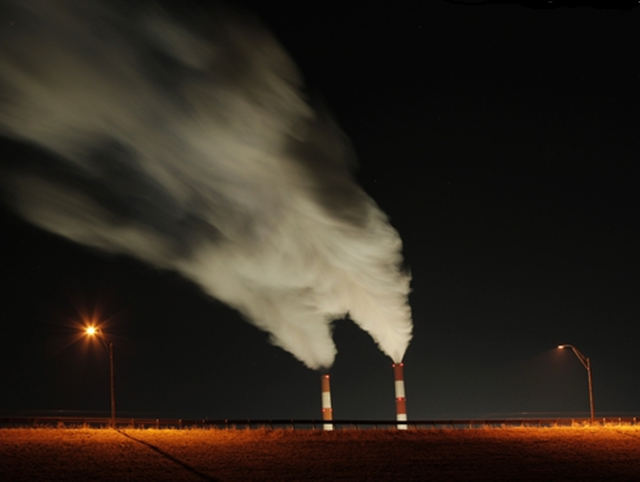U.S. Supreme Court agrees to hear greenhouse gas cases – ‘EPA has both the legal authority and the responsibility to address climate change and the carbon pollution that causes it’
By Richard Wolf
15 October 2013 WASHINGTON (USA TODAY) – Dealing a potential blow to the Obama administration and environmentalists, the Supreme Court agreed Tuesday to consider limiting the Environmental Protection Agency’s power to regulate greenhouse gases. The court accepted six separate petitions that sought to roll back EPA’s clout over carbon dioxide emissions from power plants, refineries and factories. That could signal the court’s dissatisfaction with a 2012 ruling by the federal appeals court for the District of Columbia Circuit that affirmed the agency’s authority. The decision to accept cases brought by Texas, the U.S. Chamber of Commerce, energy producers and others represented a tentative victory for groups that customarily enjoy considerable sway at the conservative-leaning court. They had complained about EPA’s permitting process for building or modifying plants that emit greenhouse gases. “The EPA is seeking to regulate U.S. manufacturing in a way that Congress never planned and never intended,” said Harry Ng, general counsel for the American Petroleum Institute. “That kind of overreach can have enormous implications on U.S. competitiveness and the prices that consumers pay for fuel and manufactured goods.” The case presents a risk for President Obama and his environmental regulators, who replaced the Bush administration’s aversion to regulating greenhouse gases with a major push in the other direction under the belief that the emissions are responsible for climate change. Still, environmental groups noted the court’s refusal to consider broader issues, including EPA’s basic determination that six greenhouse gases pose a threat and its earlier auto emissions standards. The justices limited the case to one question: whether EPA’s regulation of motor vehicle emissions triggers the new permitting requirements for stationary sources. “Those decisions make it abundantly clear, once and for all, that EPA has both the legal authority and the responsibility to address climate change and the carbon pollution that causes it,” said Vickie Patton, general counsel of the Environmental Defense Fund. The justices already have one case dealing with air pollution on their docket. That case involves the EPA’s authority to measure pollution that travels across state lines and require upwind states to pay for emissions reductions in downwind states. It will be heard Dec. 10. Adding the new cases, which will be consolidated into one, makes environmental regulation a major topic for the court. “This term is shaping up to be a critical test of the court’s view of the federal government’s power to solve trans-boundary and trans-national problems like air pollution,” said Doug Kendall, president of the Constitutional Accountability Center. [more]

According to the flat-earthers (religious idiots), the EPA should be banned outright. They see no point to the agency at all, nor any regulation over the environment. Global warming is simply not real.
It is this level of rampant stupidity that I've often struggled against, but it is a losing battle, there are now far more morons than intelligent people.
So they'll get their wish – the total destruction and annihalation of the biosphere.
You can't kill stupid.